Like so much of the last four years, the US presidential election is shaping up to be completely unpredictable. Here’s your ultimate guide to the predictions and the result.
What’s happened so far?
If Joe Biden keeps his lead in all the states where he is now ahead, he will win the presidency. He overtook Trump in the battleground states of Wisconsin and Michigan on Wednesday afternoon.
He had already picked up the first swing state of the night, New Hampshire, followed by Minnesota and Arizona – the first state to change hands.
Other more predictable victories include Colorado and Virginia, two former battlegrounds that have become Democratic strongholds.
Trump’s wins have so far included the key swing state of Florida as well as Kansas, North Dakota, Ohio and other conservative bastions.
But races have so far been too early to call in the most fiercely contested and critical states on the map, including North Carolina, Georgia and Pennsylvania.
We may not find out the result in Pennsylvania for “a matter of days”.
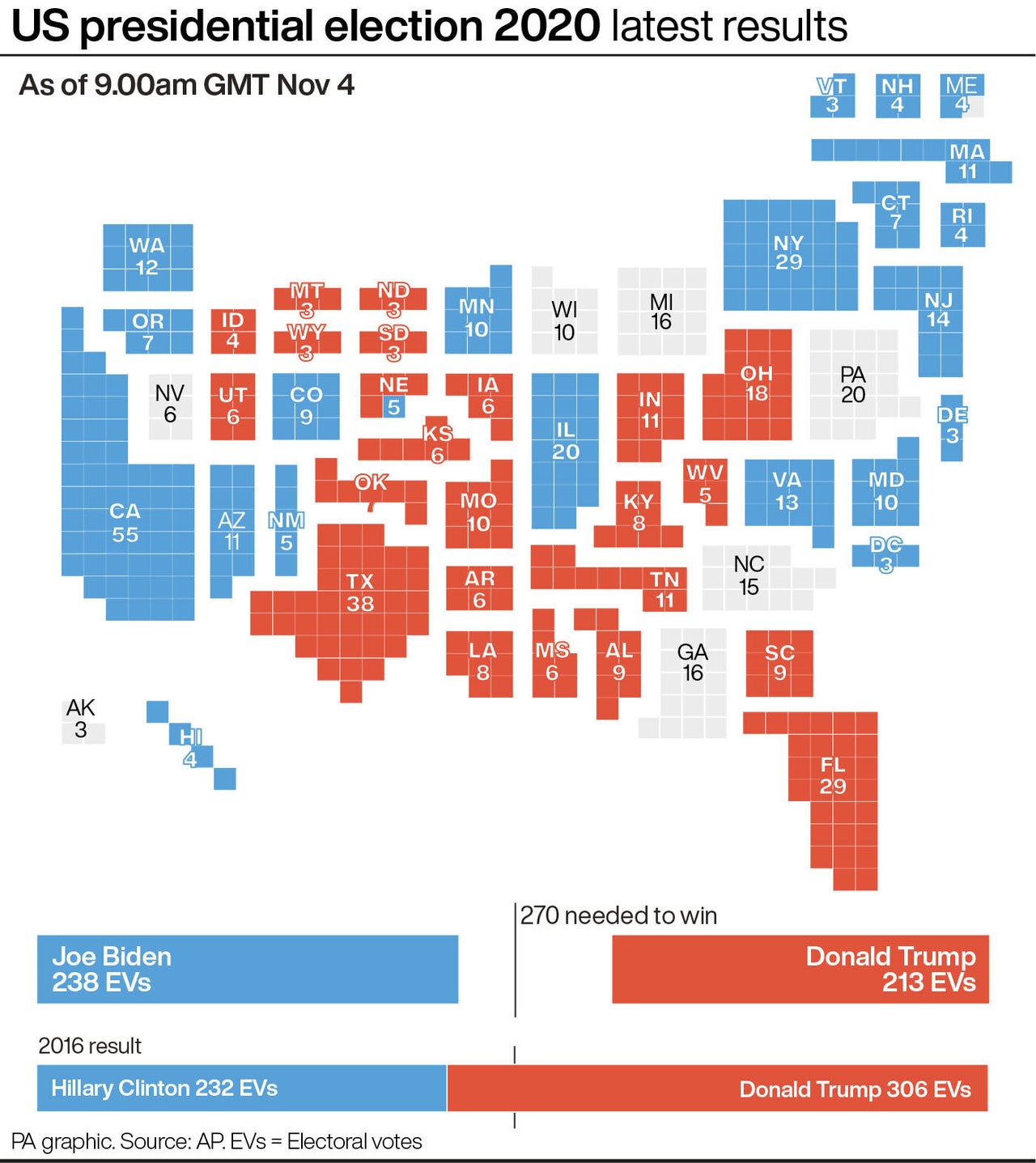
What time will we know the result?
As you. may have noticed, there wasn’t much of an “election night” in the traditional sense – it wasn’t at all clear which way things were going when the UK woke up, and it’s still all to play for.
As with pretty much everything in 2020, the coronavirus pandemic has had huge impact on how votes are counted.
Because of social-distancing, more Americans are taking up the option of mail-in voting or in-person early voting rather than all crowd into a polling station on election day.
The rules are different for each state, but many don’t allow these votes to be counted until election day, a process that takes longer than counting traditional in-person votes on the day.
And there are some circumstances where they can still be counted even if they are received in the days after.
There’s another twist – Republicans, spurred on by Trump’s constant dismissal of the pandemic, are generally content to turn up to a crowded polling station on the day while Democrats are playing it safer and going for the mail-in option.
In short, don’t trust the numbers so far.
When do the polls close?
Polls have now closed in all states.
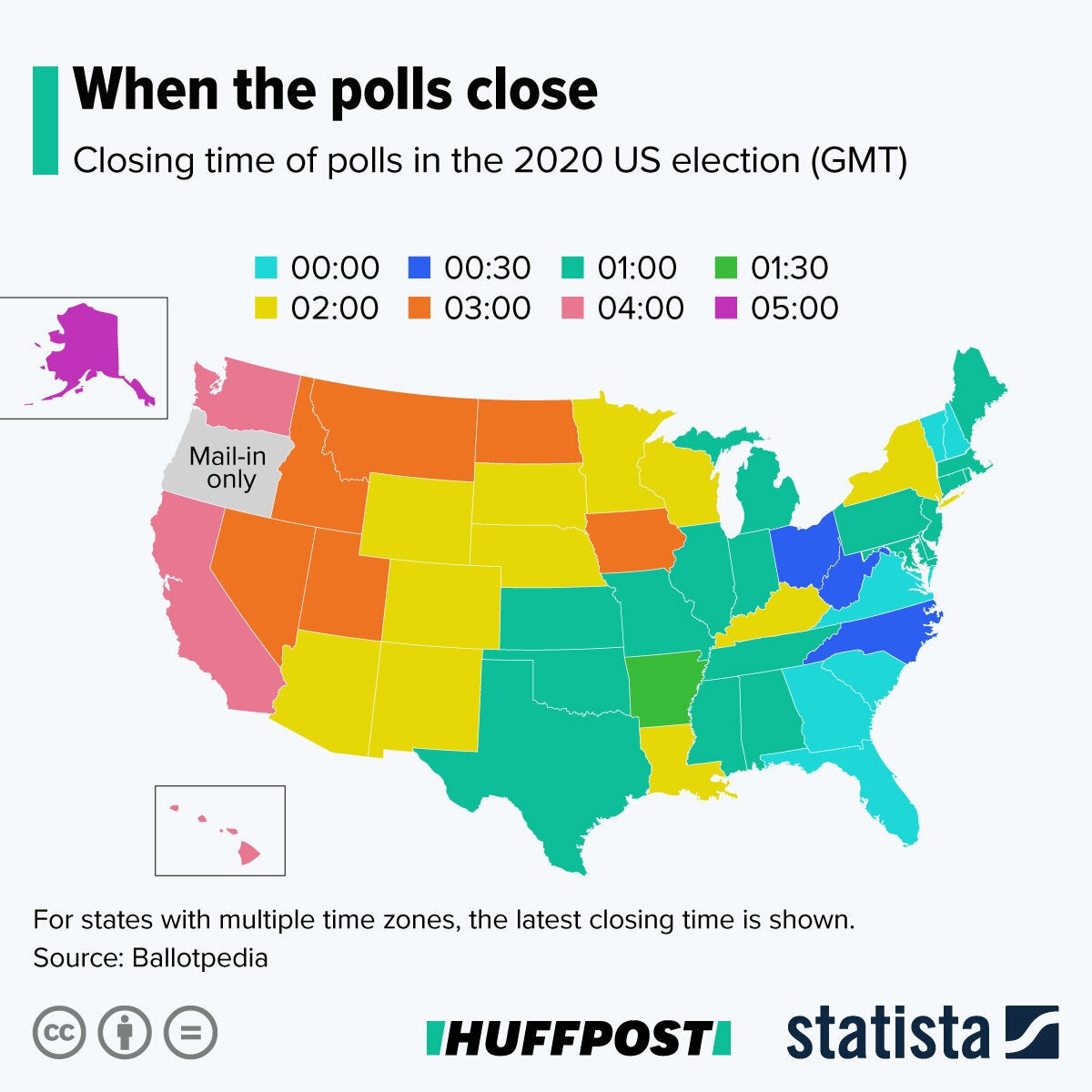
What have the candidates been saying?
Trump has wrongly claimed victory in the US presidential election, even though not all the votes legitimately cast have been counted and the result is not clear.
Speaking in the White House in the early hours of Wednesday morning, Trump claimed without evidence: “We did win this election.
“We want the law to be used in a proper manner. So we will be going to the US Supreme Court. We want all voting to stop.”
Voting stopped across the US before Trump spoke. Ballots are still being counted across the country and the result is on a knife edge.
While Biden told supporters he is “on track to win” the election, and said his campaign was “feeling good about where we are”.
Oh, and Trump posted a YMCA supercut yesterday, obviously...
The key swing states to watch out for
A handful of remaining states will play a crucial role in determining the outcome of the election.
These are the “swing states” – so called because they will help swing the overall result either away from Trump and towards Biden, or back to Trump to give him a second term in office.
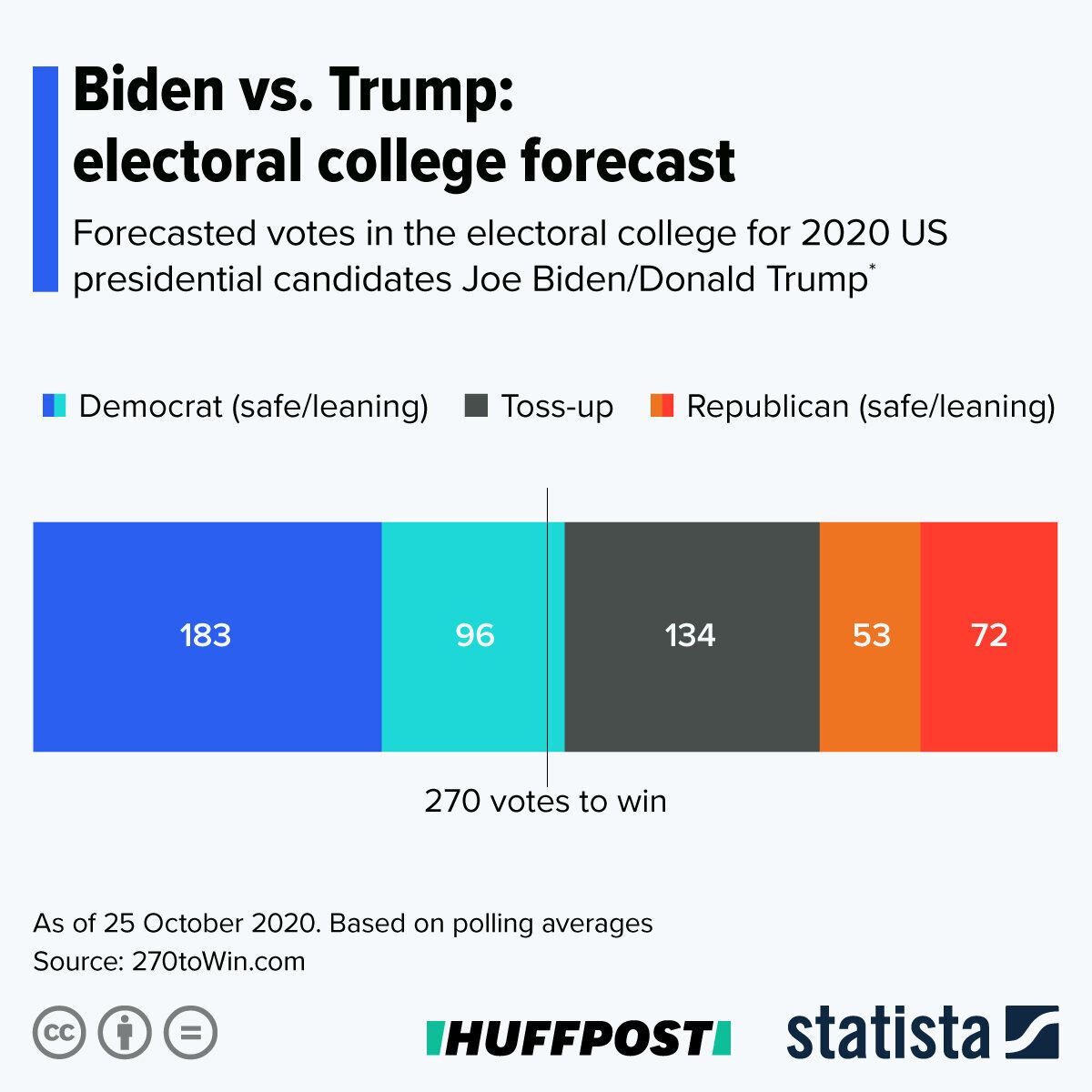
Most states are not swing states and will not change hands at this election – but safe states alone are not enough to get either Trump or Biden to the White House.
Florida – Trump win
Electoral votes: 29
Polls closed: Midnight GMT
2016 result: Trump
Georgia – still to call
Electoral votes: 16
Polls closed: Midnight GMT
Historical voting record: Unpredictable, could go either way.
2016 result: Trump
When will we know the result? Georgia does not allow the counting of ballots until after the polls close so if it’s a close race then we may not get the results until one or two days later.
New Hampshire – Biden win
Electoral votes: 4
Historical voting record: Leans Democratic
2016 result: Clinton
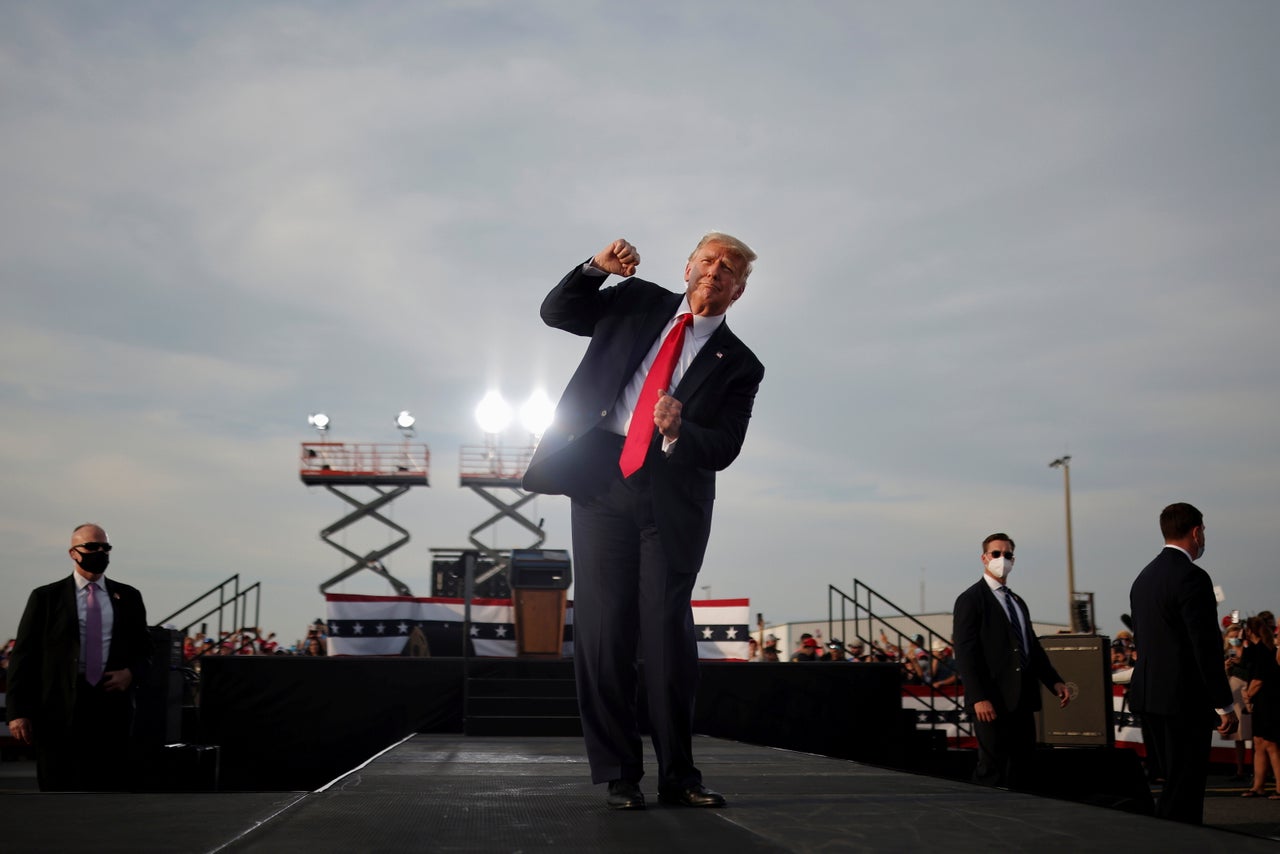
North Carolina – still to call
Electoral votes: 15
Polls closed: 12:30 GMT
Historical voting record: Unpredictable, could go either way.
2016 result: Trump
When will we know the result? North Carolina allows early in-person voting and there’s been a huge uptake in the state with more than 600,000 people doing so in the first two days it became available. These will likely favour Biden so early results released when polls close may skew his way but a fuller picture of all votes should be available by 5am GMT.
Ohio – Trump win
Electoral votes: 18
Polls closed: 12:30am GMT
2016 result: Trump
Michigan – still to call
Electoral votes: 16
Polls closed: 1am GMT
Historical voting record: Leans Democratic
2016 result: Trump
When will we know the result? Officials have said a final result will ot be known until Wednesday night.
Pennsylvania – still to call
Electoral votes: 20
Polls closed: 1am GMT
Historical voting record: Leans Democratic
2016 result: Trump
When will we know the result? Pennsylvania officials have already said there won’t be a reliable result on the night and most votes will take “a matter of days” to count and may not be ready until the weekend after the election.
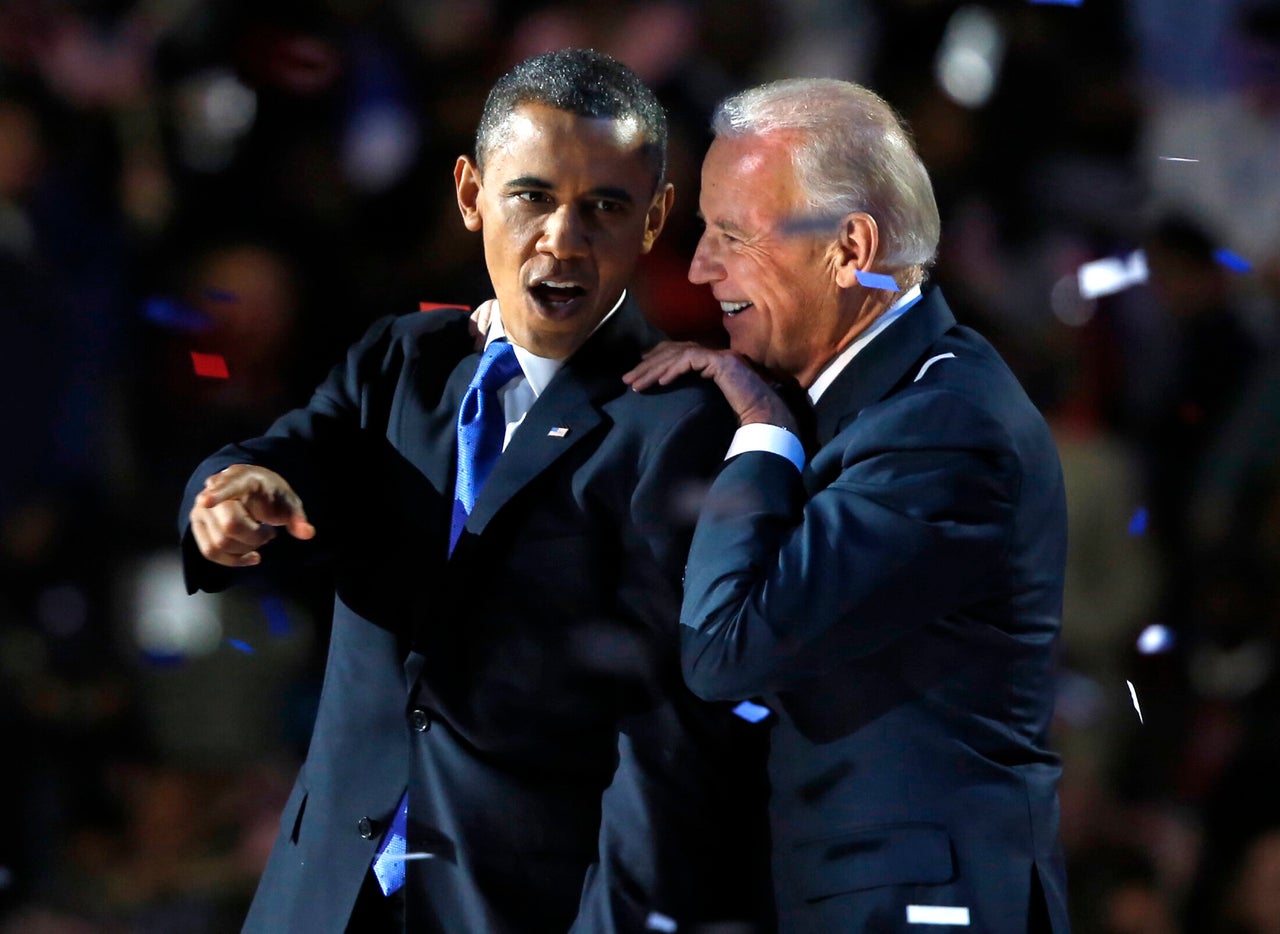
Texas – Trump win (early call)
Electoral votes: 38
Polls closed: 1am GMT
Historical voting record: Leans Republican
2016 result: Trump
Wisconsin – still to call
Electoral votes: 10
Polls closed: 2am GMT
Historical voting record: Leans Democratic
2016 result: Trump
When will we know the result? Wisconsin officials are confident a result will be know on the night with the last counts being known sometime between 7am and 10 am GMT on Wednesday.
Minnesota – Biden win
Electoral votes: 10
Polls closed: 2am GMT
Historical voting record: Leans Democratic
2016 result: Clinton
Arizona – Biden win
Electoral votes: 11
Polls closed: 2am GMT
2016 result: Trump
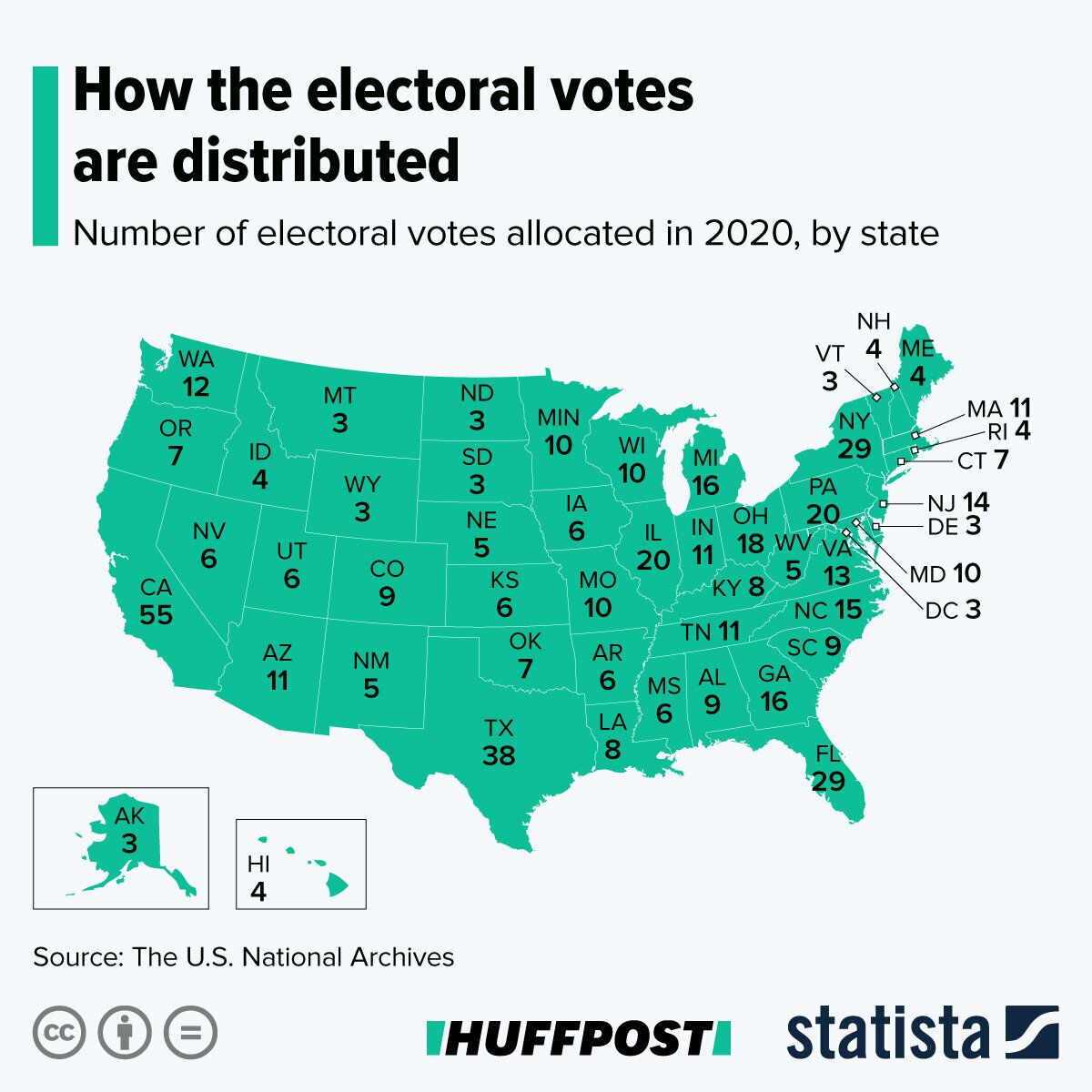
Nevada - still to call
Electoral votes: 6
Polls closed: 3am GMT
Historical voting record: Leans Democratic
2016 result: Clinton
When will we know the result? Unhelpfully, Nevada officials have said a proportion of the votes will be counted by 4pm GMT Wednesday but don’t know how big this proportion will be.
Iowa – Trump win
Electoral votes: 6
Polls closed: 3am GMT
2016 result: Trump
What are the options for election night?
1. 2016 – again
The polls are wrong again. Joe Biden fails to get enough support in states that Donald Trump won narrowly in 2016 – places like Pennsylvania and Michigan – while losing badly in longshots like North Carolina and Georgia. Were no states to change hands, the result would be a repeat of four years ago, with Joe Biden winning 232 electoral votes and Donald Trump 306.
A total of 270 electoral votes is needed to win the US presidential election. Each state is allotted a fixed number of electoral votes, based roughly on the size of its population. Whoever wins the popular vote in a state also wins all of that state’s electoral votes – with two exceptions being Maine and Nebraska, which divide up their electoral votes partly based on who wins the popular vote.
2. Biden falls short
In this scenario Joe Biden gains a couple of extra states, but doesn’t pick up quite enough electoral votes to make it to 270. For example, winning Michigan (worth 16 electoral votes) and Wisconsin (10) would increase Biden’s tally from 232 to 258: 12 short of the winning line. Donald Trump’s tally would fall from 306 to 280, but he’d still be safely above the 270 mark. Trump can therefore afford to lose one or two states to his opponent, but no more than that.
3. Narrow win for Biden
Gaining just three states – the former “blue wall” of Michigan (16 votes), Pennsylvania (20) and Wisconsin (10) – would be enough to put Joe Biden above 270, taking his tally from 232 to 278. Alternatively Biden need only pick up Florida (29 votes) and Arizona (11) to also be over the 270 mark. Or he could go for a mix of northern and southern states – for example, Pennsylvania and Florida. Biden has a number of paths to reach the magic number of 270, though a narrow victory could be more likely to invite legal challenges – justified or otherwise – from Trump.
4. A landslide for Biden
If the polls turn out to be not just snapshots but accurate predictions, or even underestimates of Joe Biden’s popularity, then Biden could be heading for seven or even eight gains from Donald Trump. An example of a landslide win would be if Biden picks up Arizona (11 votes), Florida (29), Michigan (16), North Carolina (15), Ohio (18), Pennsylvania (20) and Wisconsin (10): a total of 119 additional electoral votes, leaving him with a grand total of 351 compared with Trump’s 187. By way of a comparison, in 2008 Barack Obama won 365 votes to John McCain’s 173.
5. A tie
This is possible. Were Joe Biden to pick up Michigan (16 votes), Pennsylvania (20) and one of Maine’s four electoral votes, both he and Donald Trump would be tied on 269 electoral votes. Similarly, if Biden gained Michigan (16) plus Wisconsin (10) plus Arizona (11), both he and Trump would end up with 269 each. In this situation, the newly-elected House of Representatives would choose the president, with each state delegation having one vote. A majority of states (26) would be needed to win.
Infographics supplied by Statista.
